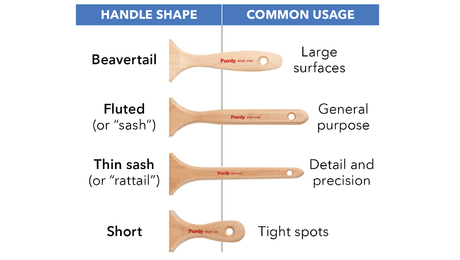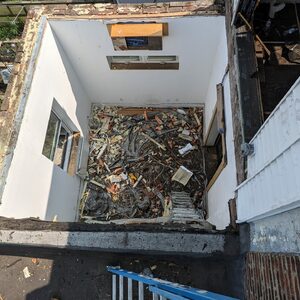Electric Radiant Floor Heat
Hello,
My wife and i are considering making an offer on our first house, a 900-square foot bungalow built in 1900. To make a long story short, the living room has a beautiful brick pedestal and chimney that would be perfect for a wood-burning stove, but currently ensconced upon it is an ugly and probably unsafe natural gas heater.
We would like to install a wood-burning stove, but would need another “primary” form of heat for resale purposes as well as to keep the pipes running and the dog happy when we’re not home.
I have stumbled across several websites for people advertising “easily retrofitted” radiant electric floor heat systems. Does anyone have experience with these? Will they put off enough heat to keep the pipes from freezing (we live in Helena, MT)? The floor in the house will need some work because of subfloor problems, so I’m going in there anyway if we buy this house. And the previous owner bought a good replacement hardwood floor but did a poor job installing it, anyway.
But back to the main topic: radiant electric floors. What’s out there?



















Replies
About a month ago, someone named Jeff asked the same question. My response to him was:
"I have installed two different electric resistence floor
heating systems in my home. One is a cable imbedded
in a mud bed under tile in a second floor bathroom.
Made by Maxxon, sold under the trade name of Infloor
Heating Systems. In an area of about 80 sf, the 800W
floor heat provides enough heat to keep the room
warm. Operates with a room air thermostat controller,
with an internal floor temperature setting. No
programming, on/off and temperature control. This
works well in this installation because at night when
the furnace is on a "setback" temperature, the
bathroom floor is nice and warm, wonderful for bare
feet in the middle of the night.
The other systems that I have installed in my home is
by NuHeat which has the wires imbedded in a fibrous
mat, installed in a thin layer of thinset. The wattages
are less, per square foot (see their website for sizes
and ratings), they are less flexible for installing in odd
shaped areas (but can be custom ordered). The
controller works bbased on floor temperature alone, but
can be programmed for 4 (I think) different "modes"
plus a manual control setting.
I like them both. I like the programmable controller over
the non-programmable one, but the air temperature
thermostat is nice for the reason stated above. The
wires have to be clipped to the floor by some means
and was a pain screwing clips into Durock over
plywood. Also for the cable type, a self-leveling type of
concrete like Thermafloor or Gypcrete (also by Maxxon)
is recommended unless you are good with a trowel."
To your question, "Will they put off enough heat to keep the pipes from freezing (we live in Helena, MT)?", probably, but depends on the construction of the house.
Tim